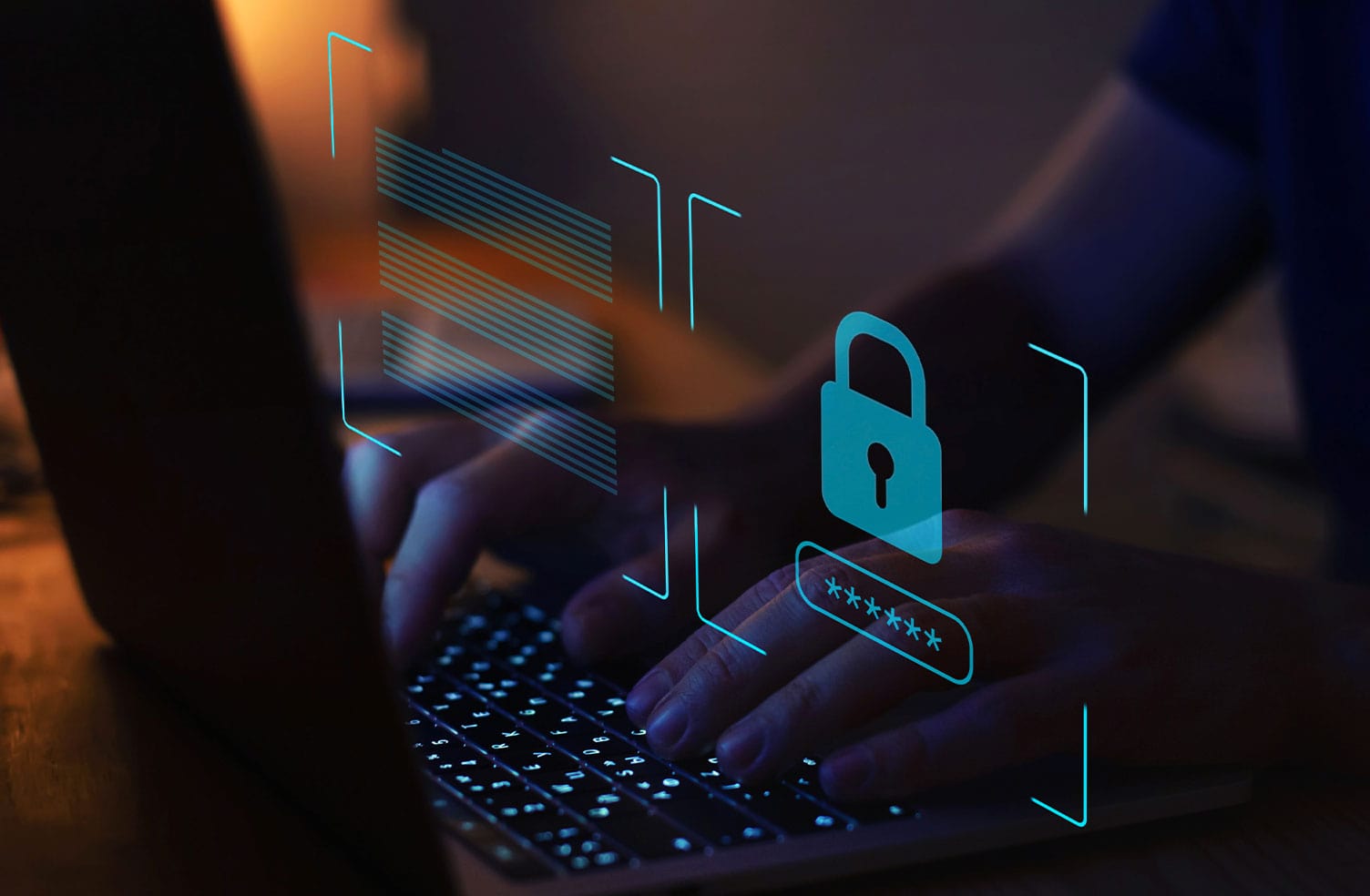
The global pandemic jolted nearly every industry in unexpected ways, one of the clearest cases being the shift towards remote work environments. While often preferred by employees and even employers, many were not ready to support this structure and ultimately suffered from reduced data protection. Security gaps caused the average data breach cost to hit record highs, underscoring the need to reevaluate your ability to detect and contain cyberattacks.
What’s the Average Total Cost of a Data Breach in 2021?
IBM Security recently reported that the average cost of a data breach is 10% higher than last year, rising to $4.24 million per incident. The study showed that when remote work was a factor, data breaches resulted in significantly higher costs.
The following trends were also observed across all industries:
- Lost business (which IBM counts as system downtime, customer turnover, and reputational damage) was the most significant setback in the collective data breach cost
- Personally identifiable information, or customer PII, was the most targeted (and expensive) sensitive data by cybercriminals
- On average, cases involving compromised credentials took 250 days to identify
- Companies with a fully deployed security automation strategy and/or a Zero Trust model incurred significantly less data breach costs
What Can Remote Businesses Do?
It’s more important than ever you identify vulnerabilities and develop an incident response team or plan of attack to protect company and customer data. Many organizations quickly pivoted to working from home without infrastructure or protection in place.
When reviewing your remote information security policies, ensure you account for the following:
1. Securing Virtual Private Networks (VPNs)
Whether your employees are socially distancing at home, working from a local coffee shop, or living the digital nomad lifestyle, a VPN ensures they’re able to access data safely.
2. Managing Personal Device Use
Ideally, employees refrain from using personal devices for most, if not all, work-related matters as they’re not going to have the same protection they would on a secured device from the organization. Employers should adjust permissions and limit what employees can access in case their device is lost or stolen.
3. Encrypt Sensitive Data
It’s especially important to protect your data as it travels between company-owned systems and remote work locations. Always secure sensitive information, including customer PPI, through encryption and data control.
4. Diligent IT Support
Do your employees know who to contact in emergencies? Is someone responsible for keeping your team on top of the latest cybersecurity protocol?
Your team needs IT support, whether it be in-house or outsourced, to keep your cybersecurity policies from falling short.
5. Effectively Communicating Data Security Policies
Once you build out a remote work security structure, you’ll need to share these plans with your staff and ensure they diligently follow protocol.
Remote work operations require different cybersecurity solutions than in-person organizations that already have the proper infrastructure in place. Let Warwick Communications protect you from hackers, malware, phishing, ransomware attacks, and other security incidents. Get in touch with our IT experts to learn more about our cybersecurity protection for Ohio businesses.

 800.860.0300
800.860.0300  800.860.0300
800.860.0300 







